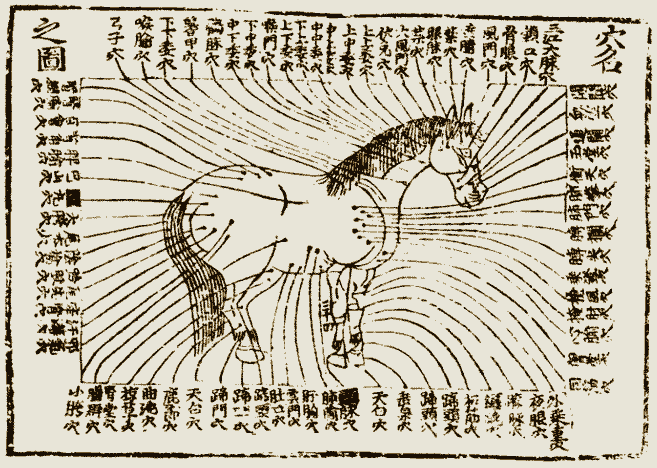Adventures in Animal Acupuncture!
/Yesterday I saw one of my favorite patients, a 14 year old lab mix with arthritis named Ribbit. Ribbit’s original name was Scout, but his owners changed it when they discovered his passion for the frogs, turtles, and (unfortunately) koi in their backyard pond. On good days, Ribbit does still track the occasional turtle, but for the most part, he is now living a life of indoor pampering.
His owners have rearranged their lives around Ribbit’s needs. They never leave him alone in the house because they don’t want him to fall and get stuck somewhere. They sleep in the living room with him because he can no longer make it up the stairs to the bedroom. They cook his meals and run out for sushi-grade salmon when he needs a special treat.
I see Ribbit weekly for acupuncture which, in combination with his conventional pain medications and supplements, keeps him comfortable and as mobile as possible. Performing treatments in his house feels like working in a spa. We sit on a very comfy orthopedic dog bed, the lights are soothingly low, and there is gentle music playing in the background. Ribbit always greets me then makes himself comfortable in the den. During the 20 minutes that his needles are in place, he either falls asleep or places a persistent paw on my arm to indicate that I should continuously massage his belly.
The whole experience is very relaxing for both of us. This, however, is not the norm.
For one thing, the environment is not always peaceful and quiet. I used to practice in a traditional veterinary clinic, and it was hard to get patients, particularly cats, to relax with other animals barking in the lobby and machines beeping and buzzing in the back. It is generally easier in the pet’s home, but not always. I have performed acupuncture with toddlers chattering away and builders stepping over us with supplies for the bathroom cabinets. I have played ball with the exuberant housemate of a patient with one hand while trying to calm my patient with the other. And I have come to dread landscapers. I can’t tell you how many times an otherwise peaceful treatment has been interrupted by the arrival of the “lawn guy”.
Another challenge is keeping my patients still. I have one patient, a feisty 16 year old, who allows me to place her needles and then walks a circuit around her house for 20 minutes. When my 15 year old chihuahua patient has to go to the bathroom, there is no stopping him. His mom and I follow him around the yard and watch for any needles that fall out along the way. The needles I use are designed for moving patients. They have brightly colored handles that show-up well on most flooring surfaces. Finding them in grass, however, is challenging.
Lastly, not all of my patients love their treatments. To be fair, these are typically pets that do not like being handled by anybody but their owners; I respect that. When I was studying acupuncture and somebody asked my teacher how to place needles in an aggressive cat, he answered, “Use the flying needle technique. Just place it as fast as you can and get out of the way!” I believe that stress mitigates the benefits of acupuncture, so if a pet really seems uncomfortable with the treatments, I recommend discontinuing them. Most of my skeptical patients can, however, be won over by a sufficient amount of attention and treats. I see a Bernese Mountain Dog named Vuitton who has never liked veterinarians. His dad and I have figured out that I can do his treatments as long as he gets one treat per needle. Vuitton has gotten used to this arrangement and now seems genuinely happy to see me when I come over!
It might seem like I am complaining about my job; I am not. I love what I do. It is a challenge to learn the idiosyncrasies of each patient and to find the best way to get them the treatments they need. It’s rewarding when the treatments go well and the owners see results. And it’s good for me physically. Who needs yoga class when your job requires you to contort between 100 mastiffs and recliners on a regular basis? Not me! Well, I could probably use some yoga - but you get the idea!










